The railway has a total length of more than 403km, passing through 9 provinces and cities, including: Lao Cai, Yen Bai, Phu Tho, Vinh Phuc, Hanoi, Bac Ninh, Hung Yen, Hai Duong and Hai Phong. The project connects the starting point at Lao Cai station (connecting with Hekou Bac station of China) and the ending point at Lach Huyen wharf area (Hai Phong). The project is expected to become a vital traffic axis, contributing to promoting regional connectivity and expanding the two-way economic corridor between Vietnam and China.
The total investment of the project is estimated at VND194,929 billion (over USD8 billion). The Ministry of Construction is the governing body, requested by the Government to urgently prepare, submit and organize the approval of the project; at the same time, coordinate with localities and relevant ministries and branches to ensure the committed progress.
This May, the project must complete the approval of the technical support project, appoint a consultant contractor for survey, technical design and overall engineering. The survey, preparation and approval of the technical design (including estimates) must begin in June, and a number of bidding packages must be completed in September. In parallel, Vietnam will coordinate with China to negotiate and sign an agreement to build a joint cross-border bridge in July and strive to complete the feasibility study report in the same month. This report will be submitted to the Prime Minister for approval by the State Appraisal Council in August, in time for contractor appointment, construction contract signing and commencement in December 2025.
The project is also linked to the transport-oriented urban development (TOD) model. Provinces and cities are required to proactively review and adjust the planning of the areas surrounding the stations, and develop and approve projects to exploit land funds around the railway stations. Local budget funds will be used to invest in resettlement and infrastructure development in the surrounding areas, along with land auctions to generate revenue for the budget and reinvest in urban development.
Speaking with PLVN Newspaper, Mr. Vu Hong Phuong - Director of the Railway Project Management Board (Ministry of Construction) said: "Implementing the direction of the Ministry of Construction's leaders, the collective and employees of the Railway PMU have been making efforts to implement a number of key tasks such as: Organizing and perfecting the board's apparatus, ensuring sufficient capacity to manage and implement the project; drafting a Resolution of the Government on the plan to implement the Resolution of the National Assembly on the project investment policy; reporting to the Ministry of Construction to work and discuss with Chinese agencies to speed up the approval of the support fund, selecting consultants to prepare the feasibility study report.
In addition, the Railway PMU applies a special policy approved by the National Assembly to select contractors to develop construction designs to be implemented after the basic design for appraisal and approval as a basis for selecting contractors and carrying out procedures to start the project in December 2025; hand over the site clearance boundary documents and project pre-feasibility study reports to localities to implement the construction of resettlement areas, prepare procedures and implement compensation, support and resettlement work.
Mr. Phuong further emphasized that PMU Railway will complete the feasibility study report of Lao Cai - Hanoi - Hai Phong railway project as soon as possible to report to the Ministry of Construction and relevant units to submit to the Prime Minister for approval. This is an assigned responsibility that must be completed.
Accordingly, the entire Lao Cai - Hanoi - Hai Phong railway project is expected to have 18 stations (3 train stations, 15 mixed stations). During the exploitation process, when the transportation demand increases, some technical operation stations will be researched and upgraded into mixed stations and additional stations will be invested in when needed. Thus, the location and scale of the station and the route of the project have been fully calculated based on the demand and future forecast of freight transport.
Regarding the “infrastructure construction” part, Mr. Phuong said that domestic contractors can undertake it. Regarding the signal information system, locomotives, and rail production, domestic enterprises have not been able to do it yet. During the implementation process, PMU Railway will study the plan so that domestic contractors can participate in the construction or can form joint ventures and cooperate with foreign contractors and enterprises to implement the construction, receive technology transfer, invest in production lines, machinery and equipment to produce components, materials, vehicles, and equipment for the project...
The Lao Cai - Hanoi - Hai Phong railway is not only a transport project but also a strategic lever to promote growth in the midlands and northern delta and the regional economic corridor, and must be completed by 2030.
Recently, Minister of Construction Tran Hong Minh signed Decision No. 583/QD-BXD on assigning the task of preparing pre-feasibility study reports for 5 key railway projects to affiliated project management boards. Accordingly, Project Management Board 2 was assigned to prepare a pre-feasibility study report for the Hanoi - Lang Son railway investment project. The project has a length of 156km, with a total estimated investment of more than 150,000 billion VND. Thang Long Project Management Board was assigned to prepare a pre-feasibility study report for the Hai Phong - Ha Long - Mong Cai railway investment project. The project has a length of 187km, with a total investment of more than 175,000 billion VND. Project Management Board 85 was assigned to prepare a pre-feasibility study report for the Vung Ang - Mu Gia railway investment project. The project has a total length of about 103km, with a total investment of about 27,485 billion VND. My Thuan Project Management Board prepared a pre-feasibility study report for the Ho Chi Minh City - Can Tho railway investment project. The project has a length of 175.2km, with a total investment of about 219,829 billion VND. Project Management Board 6 was assigned to prepare a pre-feasibility study report for the Bien Hoa - Vung Tau railway investment project. The project has a total length of 132km; with a total investment of 143,371 billion VND.
Source: https://baophapluat.vn/rot-rao-cho-du-an-duong-sat-hon-8-ty-usd-post548460.html


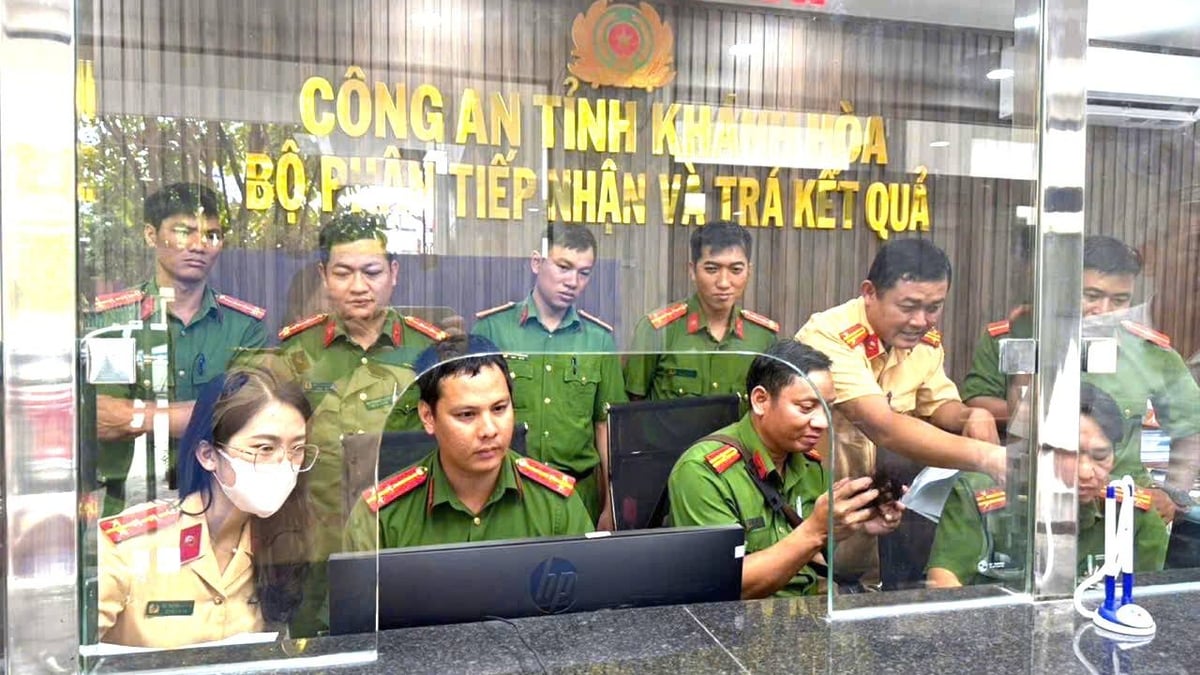

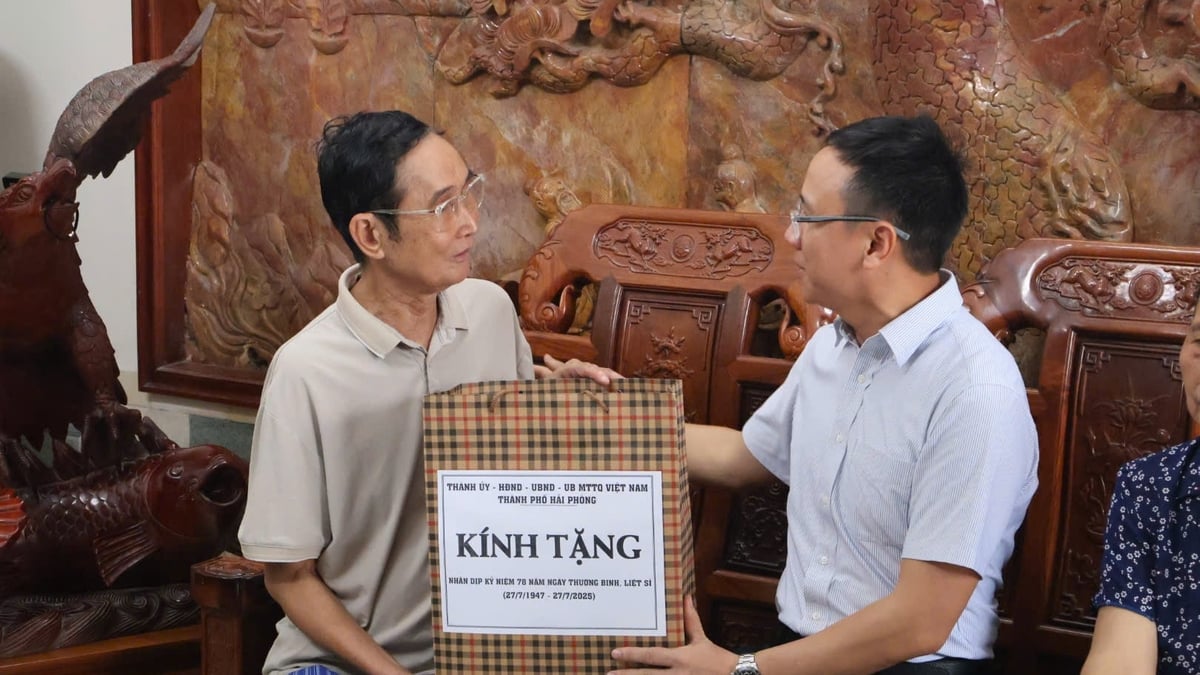
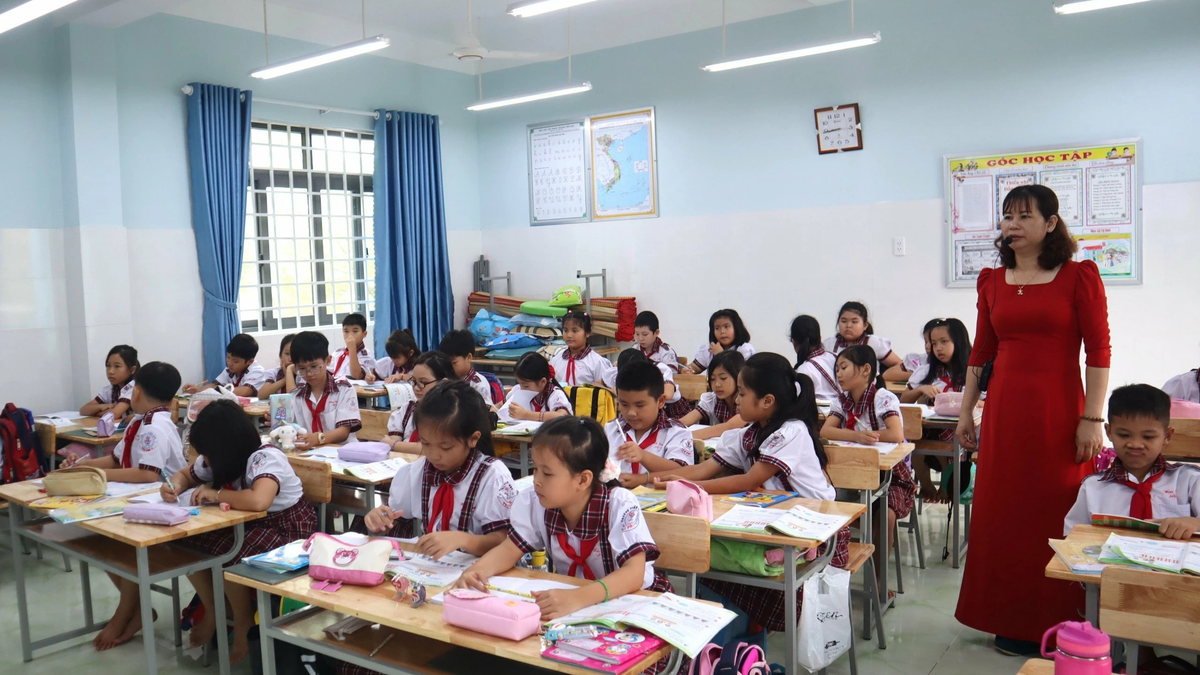

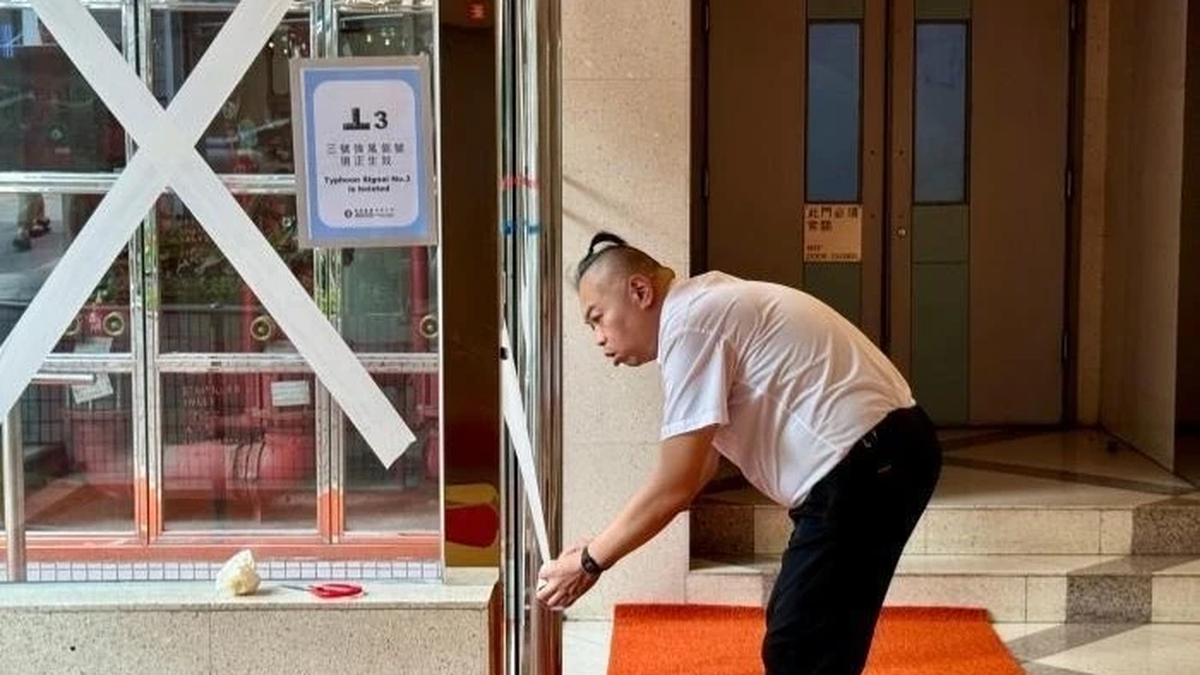
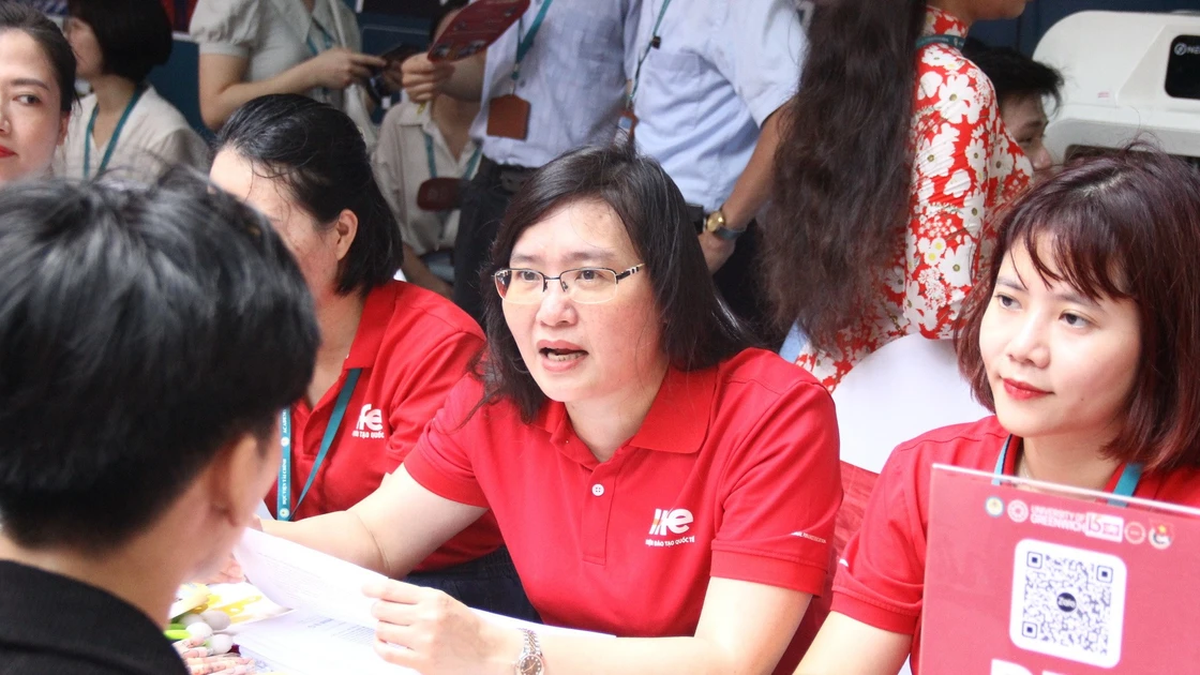
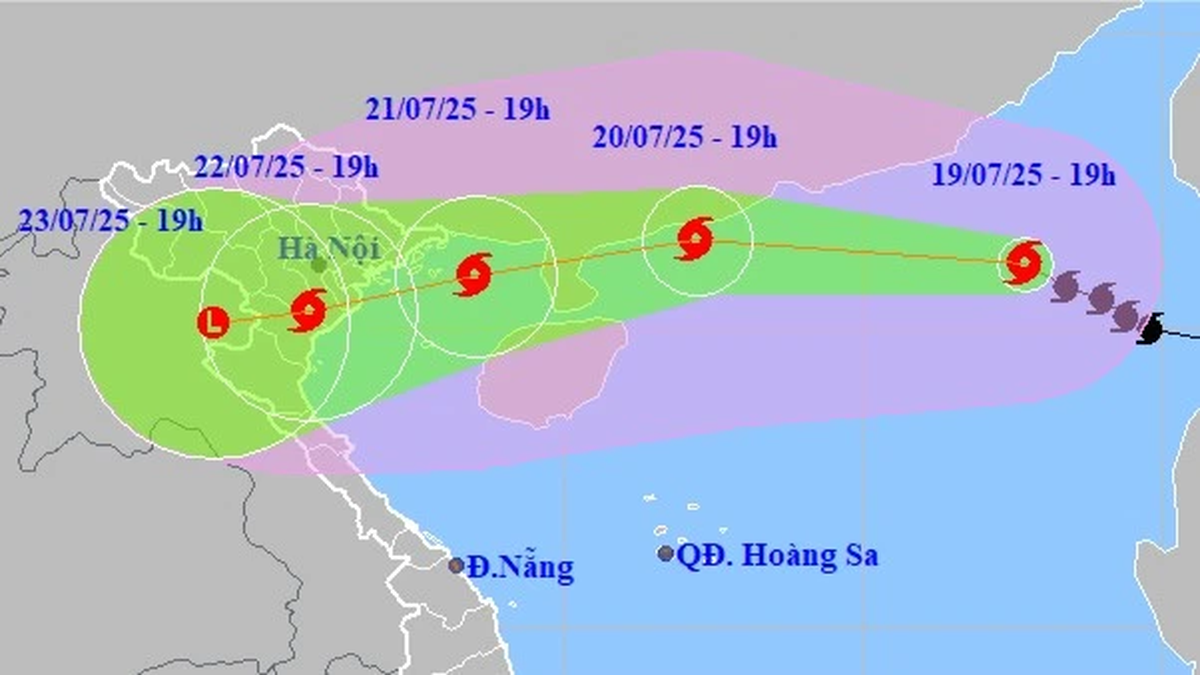
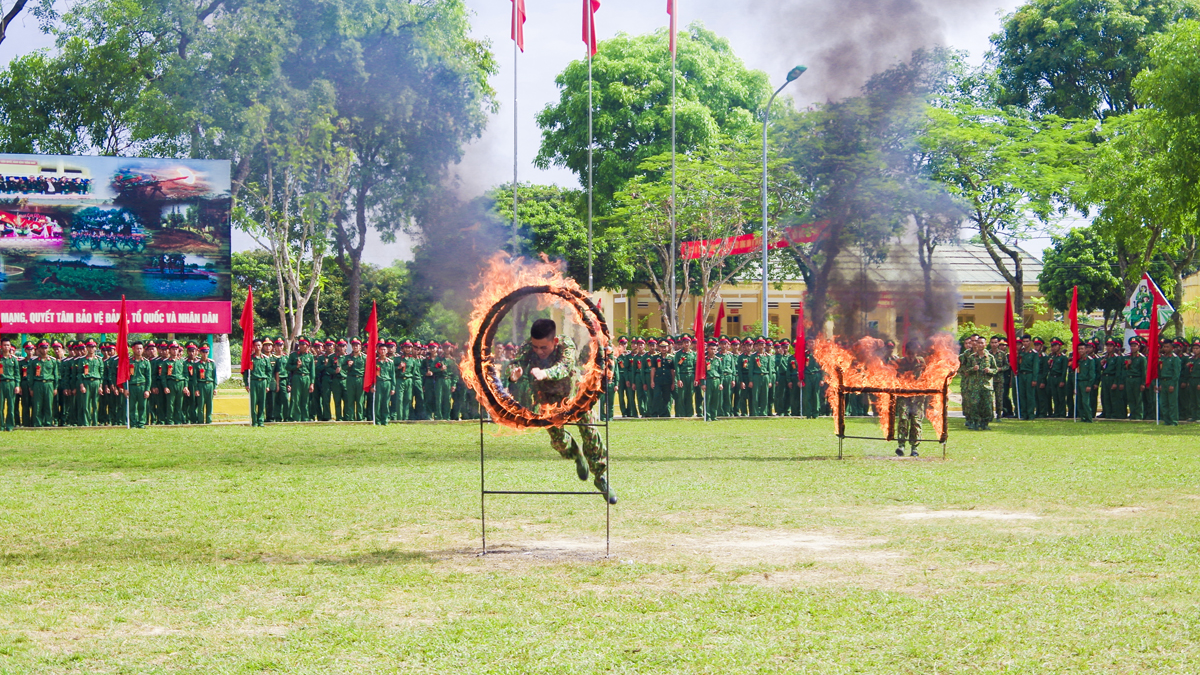
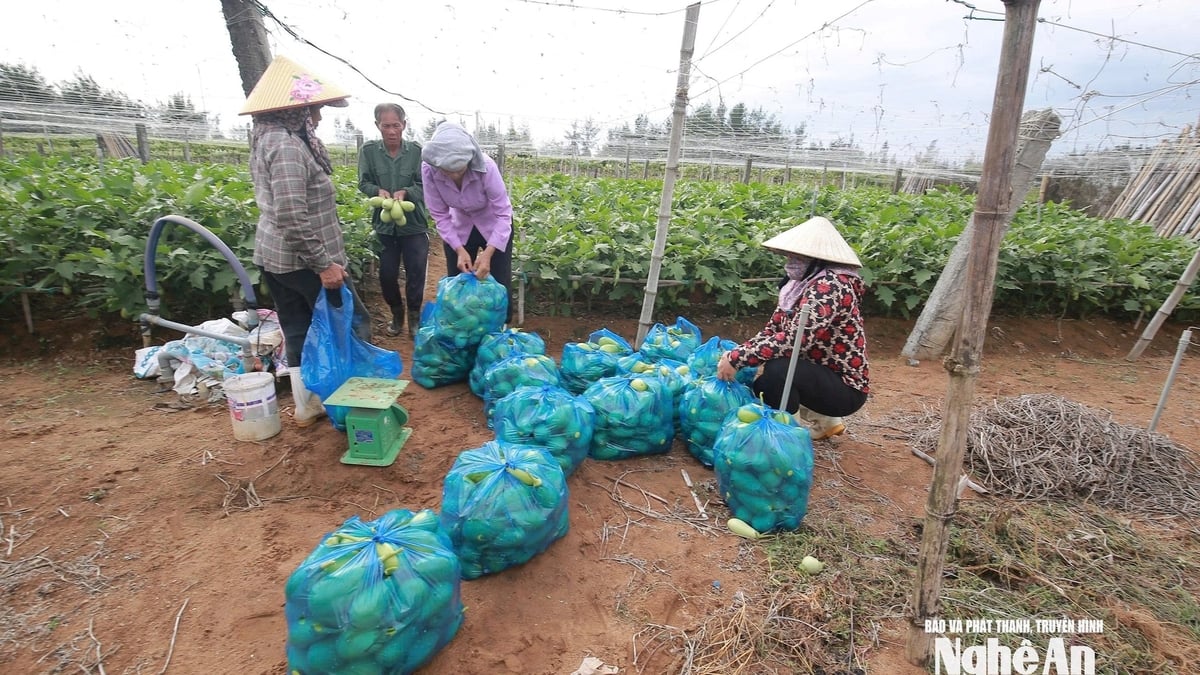


















![[Photo] National Assembly Chairman Tran Thanh Man visits Vietnamese Heroic Mother Ta Thi Tran](https://vphoto.vietnam.vn/thumb/1200x675/vietnam/resource/IMAGE/2025/7/20/765c0bd057dd44ad83ab89fe0255b783)






























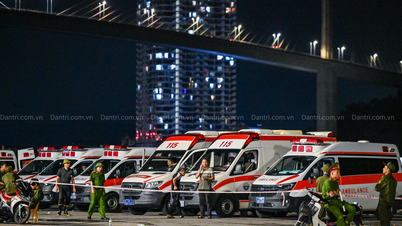
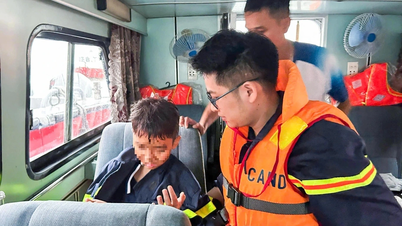

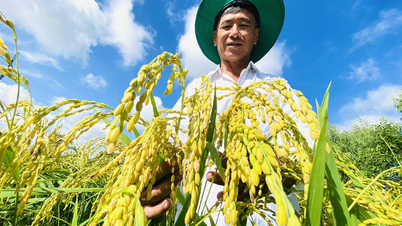
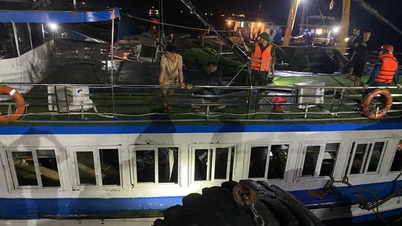
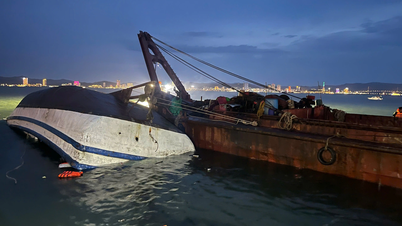





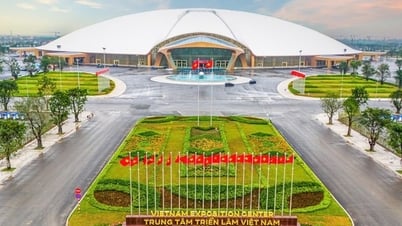
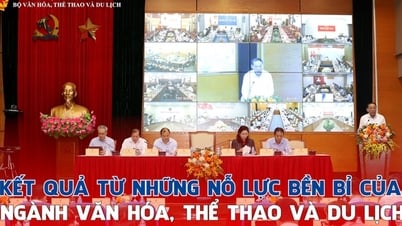

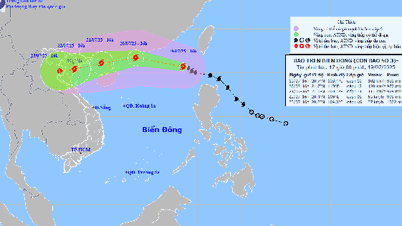
























Comment (0)